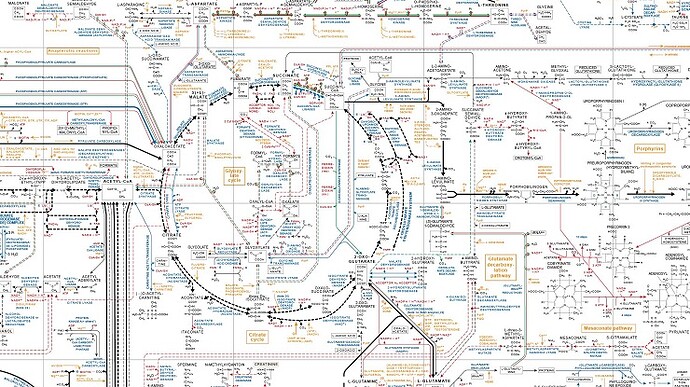Father Bede was a huge help to me in rediscovering the Christian tradition and seeing how it could link to the insights of the Hindu tradition, particularly through the idea of the Holy Trinity. The Ashram was called the Ashram of the Holy Trinity in English; in Sanskrit, it was called SAT-CHIT-ANANDA Ashram. As many of you probably know, the Hindu conception of ultimate consciousness or reality, especially in Advaita Vedanta, is that the ultimate consciousness on which all else depends, almost the whole universe depends, on which all individual consciousness, yours and mine, depends on, is Sat-Chit-Ananda; it’s three-fold.
Sat means being, or conscious being. Chit means consciousness, the contents of consciousness, and what you can know. And Ananda is bliss or joy. So, the idea is the ultimate consciousness is the knower and also the known, because both have to be part of consciousness. The knower and the known. And it’s not an undifferentiated blob, as it were. It’s a structure within ultimate consciousness. Part of its very nature is bliss or joy, which is why mystical experiences of connection with the divine are usually supremely joyful or blissful because that’s the divine conscious nature. And the Hindu view is that all forms of consciousness, including yours and mine, are part of that ultimate consciousness bit like sparks of the divine. Or, if you like fractals, they don’t use the word fractal, but like fractal derivatives.
One of the very familiar similes that they use in India is, imagine seeing the moon reflected in hundreds of buckets of water at night. Every bucket looks as if it’s got a separate moon in it, but the same moon is reflected in all these buckets, and each one is set differently. And so, our consciousness is part of the divine consciousness. And that’s why through meditation, through going to the ground of our own consciousness, we connect with the divine consciousness.
That’s why meditation is such an important part of Hindu and Buddhist practice. And indeed, of Christian contemplation practice in monasteries and convents throughout the centuries. So, there are many forms of this trinity.
Another Hindu version is with the three main gods, Brahma, Vishnu and Shiva. Brahma is the ultimate source or creator. The ground of all things. Vishnu is the god who preserves order and form. The preserver keeps things in order and form. And Shiva is the creator and the destroyer, portrayed as in dancing, or in flames of fire, or in the erect, lingam or phallus as the kind of energetic principle. As Father Bede pointed out the Christian doctrine of the Holy Trinity is very similar.
The ultimate understanding of God in the Christian tradition is the Holy Trinity. That’s why all Orthodox churches, including Eastern Orthodox, Roman Catholic, Anglican, and Methodist chant, practically all have the Holy Trinity as the central conception of God. What this says is that the ultimate reality, God’s consciousness, is not undifferentiated. It has this division but differentiable aspects within it.
God the Father is equivalent to such. And the Hindus as to conscious being in the present. When God announces himself to Moses in the Old Testament, and Moses says, “What’s your name?” At the burning bush, he says, “I am who I am,” or “I am that I am.” So conscious. Being in the presence is the very definition of that aspect of God.
Then the second person of the Holy Trinity is the logos. The word. “In the beginning was the word the word was with God. The word was God.” So, the logos is very similar to the platonic idea. The idea is in Plato’s philosophy, in a Christianized form; it’s the ideas, forms, patterns, and structures of everything. It’s what gives form, pattern or structure to everything in the universe. Through him, all things were made. The logos, the second person of the Trinity, is not the same as Jesus of Nazareth. Obviously, the whole universe wasn’t made through Jesus of Nazareth, born in Nazareth, or in Bethlehem. The divine aspect of Christ, the second person of the Trinity, the logos, is this ultimate formative principle.
And then the Holy Spirit is the principle of movement, change, and dynamism and underlies all things through activity. The principal metaphor is speech as it comes in spirit, which means breath or wind. and logos means word. Even at the very beginning of the book of Genesis, you get this. And God said, well, the first verse, “The Spirit of God moved on the face of the waters.” Spirit is wind, wind moving on the face of the deep creates waves. So, it’s a kind of vibratory pattern of activity. And then, in verse three, God said, “Let there be light.” A word is a pattern, a form, a structure, a pattern of vibration. And in order to speak words, you have to have the flow of breath.


